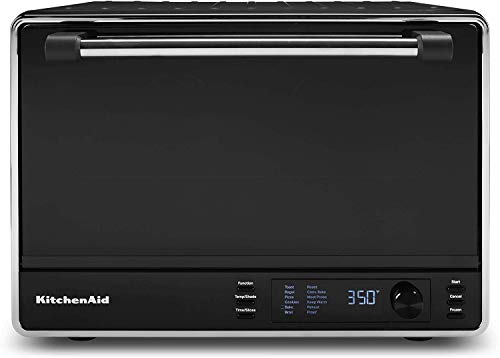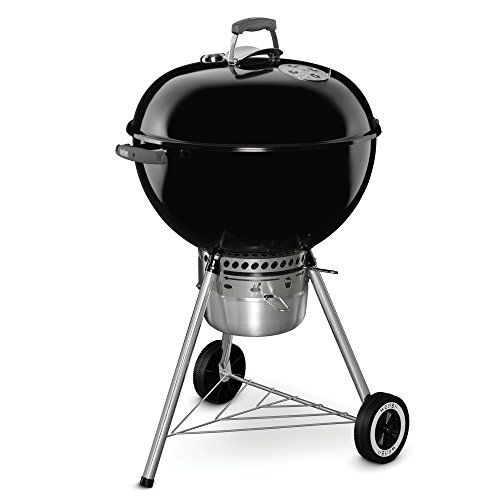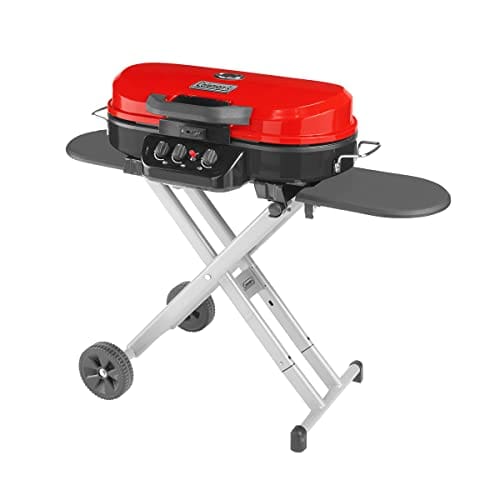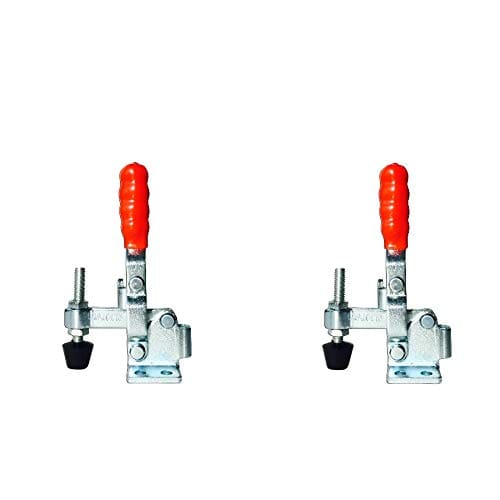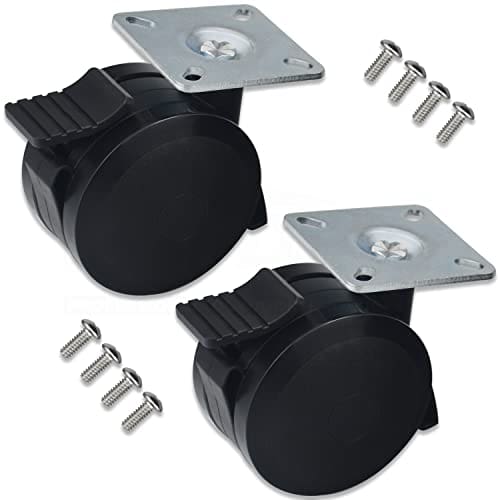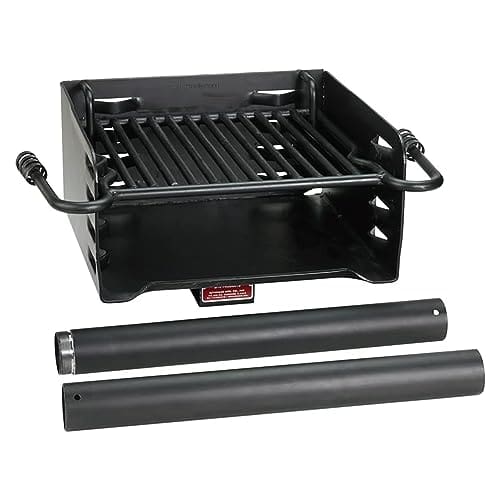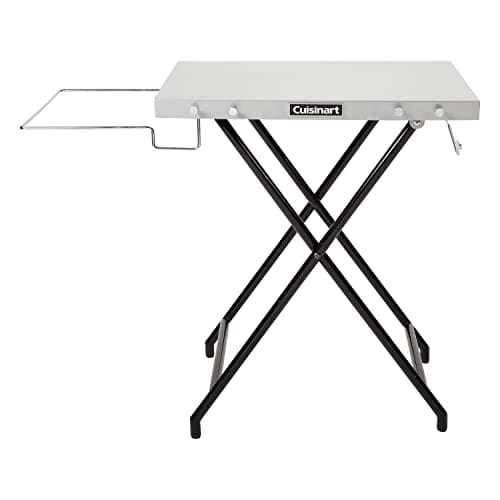What are some common challenges faced with grills that lack even heat distribution?
Grilling is a beloved pastime for many, offering the opportunity to enjoy the great outdoors while creating delicious meals. Whether you’re a seasoned grilling pro or just starting out, one thing that can make or break your grilling experience is having a grill that lacks even heat distribution. We’ve all been there – unevenly cooked food, frustrating flare-ups, and a sense of disappointment when your meal doesn’t turn out as expected. But fear not, because in this blog post, we’ll dive into the common challenges faced with grills that lack even heat distribution and how it can impact your grilling game. Get ready to level up your grilling skills and overcome these obstacles to achieve mouth-watering results every time. So grab your apron, fire up the grill, and let’s get started!
Premium grills that ensure even heat distribution for perfect results
What is even heat distribution?
One of the most essential features to consider when selecting a grill is its ability to provide even heat distribution. It ensures that your food cooks consistently and eliminates the risk of having parts of your meal undercooked or overcooked. In this blog, we will explore what even heat distribution is and explain its importance in achieving perfectly cooked dishes on the grill.
Understanding even heat distribution
Even heat distribution refers to the grill’s capability to spread heat uniformly across the entire cooking surface. Whether you’re using gas, electric, or charcoal grills, achieving consistent heat distribution is crucial to maintaining consistent cooking temperatures. When the heat is evenly dispersed, your food will cook uniformly, resulting in perfectly cooked meals that are both delicious and safe to consume.
The importance of even heat distribution
Ensuring even heat distribution on your grill offers several advantages that can greatly enhance your grilling experience:
- Consistency: With even heat distribution, your food will be cooked consistently throughout, eliminating unevenly cooked sections and ensuring that every bite is perfect.
- Eliminates hot and cold spots: Even heat distribution prevents hot spots (areas of excessive heat) and cold spots (areas with insufficient heat) on the grill’s surface. This means you won’t have to worry about pieces of meat being cooked unevenly or vegetables not receiving enough heat.
- Enhanced flavor development: When heat is distributed evenly, it allows for proper caramelization, browning, and searing of your food. This enhances the flavors, creating a richer taste and texture.
- Reduced cooking time: Uneven heat distribution can lead to longer cooking times as you may need to constantly move the food around to compensate for temperature discrepancies. With even heat, you can cook your meals more efficiently.
Achieving even heat distribution
Grills with excellent heat distribution possess certain features. Here are a few factors to consider when selecting a grill:
- Quality materials: Look for grills made with high-quality materials that can effectively absorb and distribute heat evenly. Stainless steel and cast iron are often preferred for their excellent heat conductivity.
- Heat distribution systems: Some grills employ advanced heat distribution systems to ensure uniform cooking. Examples include heat diffusers or flavorizer bars that distribute heat evenly across the grill’s surface.
- Burner design: Gas grills with well-designed burners, such as those with multiple heat zones or infrared burners, are more likely to provide even heat distribution.
- Lid and grill construction: Grills with sturdy lids and well-constructed bodies help retain heat and distribute it evenly. This prevents heat loss and ensures consistent cooking temperatures.
Uneven cooking results
Grilling is a favorite pastime for many, allowing us to enjoy the delicious flavors of charred meats, vegetables, and more. However, when our grills lack even heat distribution, it can lead to undesirable uneven cooking results. In this blog post, we’ll explore the main challenges posed by uneven heat distribution on grills and how it affects the final outcome of our meals.
The Culprit: Uneven Heat Distribution
Ensuring that heat is evenly distributed across the cooking surface of your grill is crucial for achieving perfectly cooked meals. Unfortunately, certain grills fail to provide this essential feature, resulting in uneven heat distribution and subsequent cooking challenges. Let’s take a closer look at the problems that can arise:
1. Undercooking
Unevenly heated grills can have hot spots and cool spots. The hot spots can cause the food placed over them to cook faster than anticipated, leading to undercooked areas in other parts of the meal. This is particularly noticeable when cooking larger cuts of meat, such as whole chickens or roasts. The undercooked sections not only compromise the taste and texture of the dish but also pose health risks if not properly cooked.
2. Overcooking
On the other hand, cool spots on the grill can result in overcooked areas in certain portions of your meal. This is especially problematic when grilling items like hamburgers or fish fillets, where a few extra minutes of cooking can easily dry out or burn the meat. Overcooking not only ruins the taste and texture but also detracts from the overall dining experience.
3. Inconsistent Flavors
Uneven cooking can affect the flavors of your food as well. When some parts are undercooked and others are overcooked, the flavor spectrum may not be fully developed. Additionally, uneven heat distribution can hinder caramelization, which adds a delightful depth of flavor to grilled dishes.
Coping Strategies for Uneven Cooking Results
Now that we understand the challenges posed by uneven heat distribution on grills, let’s explore some coping strategies to achieve more consistent cooking results:
1. Zone Cooking
- Create different heat zones on your grill by adjusting the intensity of the burners or charcoal position. This allows you to move food around as needed, avoiding hot spots and cool spots.
2. Rotating Food
- Regularly rotating your food during the cooking process can help compensate for uneven heat distribution. This ensures that each section of your meal gets equal exposure to the heat, leading to more uniform cooking results.
3. Grill Placement
- Pay attention to where you place your food on the grill. If you know your grill has hot spots or cool spots, strategically position items to take advantage of or avoid these areas accordingly.
4. Preheating and Maintenance
- Properly preheating your grill and conducting regular maintenance can help mitigate uneven heat distribution. Cleaning the burners, checking for blockages, and ensuring consistent gas flow will all contribute to more even cooking results.
Difficulty in temperature control
Grilling is an art form that requires precision and skill. But when it comes to achieving the perfect cook, one challenge that many grill enthusiasts face is difficulty in temperature control. In this blog section, we will explore how grills without even heat distribution can make it difficult to control the temperature, leading to frustration and inconsistent results.
The Problem: Uneven Heat Distribution
One of the key factors that contribute to difficulty in temperature control is the lack of even heat distribution on the grill. Uneven heat can result from various factors, including poor design, inadequate burner placement, or simply wear and tear over time. The consequences of this problem can be significant and affect your grilling experience.
Constant Adjustments for Success
With a grill that does not offer even heat distribution, you may find yourself constantly adjusting the heat source to compensate for areas that are too hot or too cool. This continuous effort can make it challenging to maintain the desired temperature throughout the cooking process. Additionally, you may also need to move the food around on the grill to ensure even cooking, further complicating the temperature control.
Frustration and Inconsistent Results
The difficulties in temperature control can lead to frustration, especially when you are aiming for perfectly cooked, juicy meats or evenly grilled vegetables. Inconsistent heat distribution can result in some areas of the food being overcooked, while others remain undercooked. This inconsistency in outcomes can be disheartening, and it may take away from the enjoyment of your grilling sessions.
Benefits of Even Heat Distribution
Having a grill with even heat distribution can greatly enhance your grilling experience. Here are some notable benefits to consider:
- Consistent Results: With even heat distribution, you can achieve consistent cooking results every time you fire up the grill.
- Precision Control: Controlling the temperature becomes easier and more accurate, allowing you to cook your food to perfection.
- Efficient Cooking: Even heat distribution ensures that food cooks evenly, reducing the need to constantly move or flip it.
- Versatility: An evenly heated grill opens up a world of culinary possibilities, allowing you to cook a wide variety of dishes with confidence.
How to Ensure Even Heat Distribution
If you find yourself struggling with temperature control on your grill, there are a few steps you can take to improve the situation:
- Proper Maintenance: Regularly clean your grill and ensure that the burners and heat distribution components are in good condition.
- Invest in Quality: Consider purchasing a grill that is known for its even heat distribution. Look for models with features like heat diffusers or infrared burners.
- Use Zones: Utilize different heat zones on your grill to create areas with different heat intensities. This can help compensate for any unevenness in heat distribution.
- Preheating: Allow your grill to preheat adequately, ensuring that heat is distributed evenly across the cooking surface before placing your food on it.
Uneven Grill Marks: Why they matter
When it comes to grilling, achieving those sought-after grill marks on your food is not only a matter of aesthetics but also a sign of proper cooking technique. However, if your grill lacks even heat distribution, you may end up with uneven grill marks on your food. In this blog section, we will explore why this issue matters and what you can do to ensure evenly seared and visually appealing grilled dishes.
The Importance of Grill Marks
Grill marks on food can elevate the presentation and aesthetic appeal of your dishes, making them look more appetizing and professional. A beautifully seared steak or perfectly grilled vegetables with distinct grill marks can make your guests’ mouths water even before they take their first bite. Beyond appearance, grill marks also enhance the flavor by creating a contrast between the caramelized, slightly charred sections and the tender interior of the food.
Uneven Heat Distribution: The Culprit
One of the main reasons for uneven grill marks is an uneven heat distribution across the grill surface. This occurs when certain areas of the grill get hotter than others or when there are hot and cold spots on the grill grid. Uneven heat can be caused by various factors, such as:
- Poor burner design: Some grills may have burners that do not distribute the flame evenly across the cooking surface.
- Clogged or damaged burners: If burners are blocked or damaged, they may not provide consistent heat to the grill.
- Inadequate airflow: Insufficient airflow can lead to hot and cold spots, preventing an even distribution of heat.
The Impact on Grill Marks
Uneven heat distribution translates to uneven grill marks on your food. The areas with less heat will have pale or lighter grill marks, while the hotter spots will produce deeper and darker sear marks. This inconsistency can hinder the overall appearance of your grilled dishes, making them look less appetizing or unsatisfactory.
What Can You Do?
Thankfully, there are ways to address uneven grill marks and ensure that your grilled food looks as good as it tastes. Consider the following tips:
- Preheat your grill: Allow your grill to preheat thoroughly before placing the food on the grates. This will help even out the temperature and reduce the chance of uneven grill marks.
- Clean and maintain your grill: Regularly clean and maintain your grill to ensure proper airflow and prevent clogging or damage to the burners.
- Position food strategically: Place your food on the grill grid in such a way that it maximizes contact with evenly distributed heat. Rotate and reposition items during cooking to minimize the impact of any hot or cold spots.
- Use grill brushes with wider bristles: Wider bristles on grill brushes can help create more consistent grill marks by covering a larger surface area and searing the entire surface evenly.
To summarize, uneven grill marks can detract from the visual appeal of your grilled dishes. By understanding the causes and implementing the techniques mentioned above, you can achieve evenly seared and visually pleasing results on your next grilling adventure. Happy grilling!
Final Thoughts: Overcoming the Common Challenges of Uneven Heat Distribution in Grills
In conclusion, it is clear that grills lacking even heat distribution can pose several challenges when it comes to grilling. Unevenly cooked food, longer cooking times, and the need for constant monitoring are just some of the issues that can arise. To overcome these challenges, it is important to invest in a grill that offers even heat distribution. By doing so, you can ensure consistent cooking results, enjoy perfectly grilled meals, and have a more enjoyable grilling experience overall. So, when you’re in the market for a new grill, be sure to consider the heat distribution capabilities to avoid any potential drawbacks and achieve the best grilling results possible.







